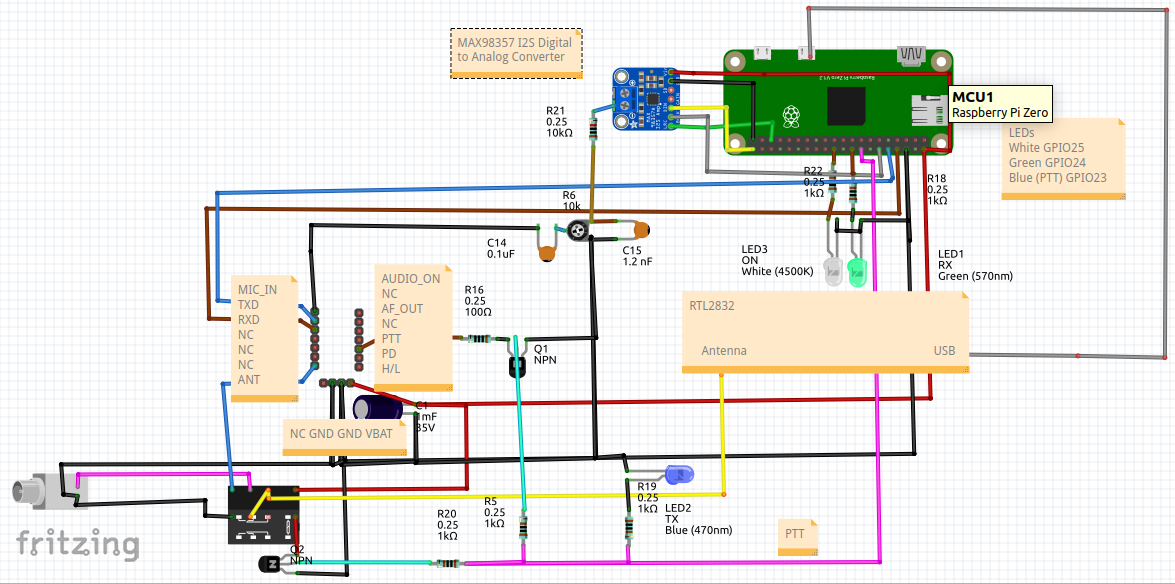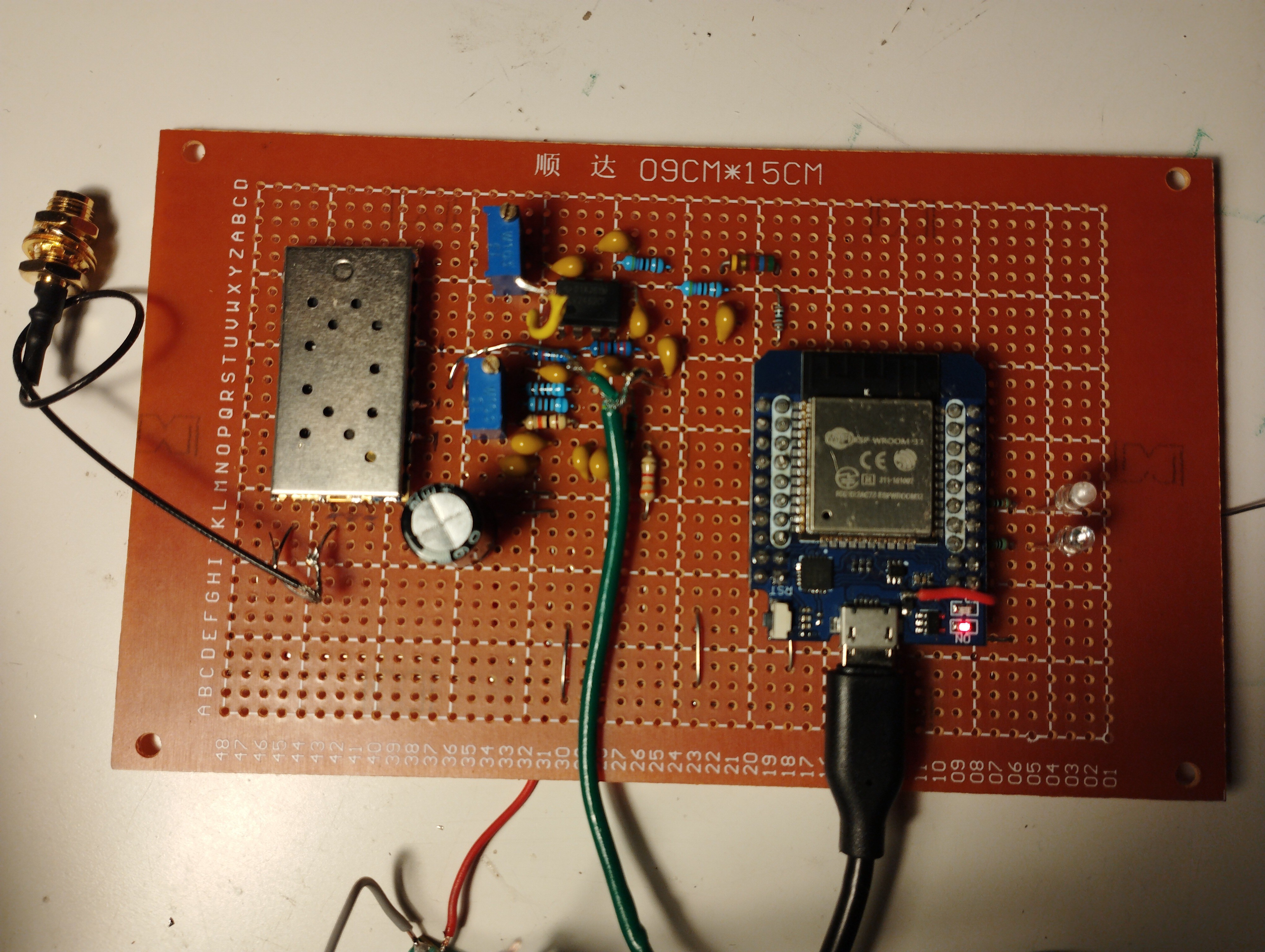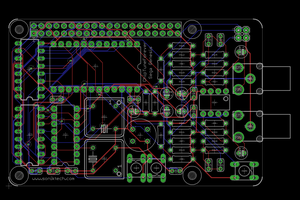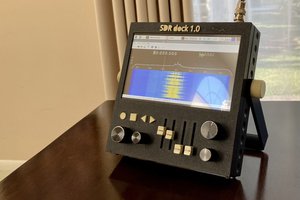Overview
My goal is to design a simple, cheap and easily replicable hardware to build a 144MHz APRS iGate and Digipeater.
Sources
I collected two initial hardware resources using ESP32 and SA818:
https://oshwlab.com/APRSTH/esp32sa818#P6
https://github.com/nakhonthai/ESP32IGate/blob/master/doc/ESP32DR_Simple_Schematic.pdf
and two software:
https://github.com/erstec/APRS-ESP
https://github.com/nakhonthai/ESP32IGate
but, after trying to receive some RF APRS messages on 144.8 MHz to test rx capabilities, I realized that the SA818v receiver hadn't enough sensitivity. Read more about this in the Log pages.
So I ended up to a different solution, using:
- SA818v for transmitting
- RTL2832 for receiving
- Direwolf running on a Raspberry PI zero 2 W to decode received / encode tranmitted APRS messages
- A MAX98357 board to output audio waveform (AFSK1200 modulated APRS messages)
Schematic

Hardware
The Raspberry PI, by the I2S interface, send the modulated AFSK 1200 (Bell 202) APRS messages to the microphone input of the SA818v 144.8MHz transmitter.
The RTL8232 board (tuned at 144.8MHz) is connected via USB to the Raspberry PI, which decodes the APRS messages.
RPI outputs
- GPIO 23 is the TX signal (PTT) which:
- switches the antenna relay to the SA818v transmitter, short circuiting the RTL2832 RF input to the ground (for RX protection).
- commands the SA818v to turn on its transmitter
- turns on the blue led
- GPIO 24 is the RX signal (DCD) which is turned on by Direwolf when a valid APRS message is received
- GPIO 25 is the On signal which is turned on after RPI booting.
GPIO 23 and 24 are configured in the file rtlfm_sdr.conf (see the software section on GitHub)
Software
The rtl_fm program configures and tunes (at 144.8MHz) the RTL2832 and demodulates narrow band FM.
The Direwolf program, running on the Raspberry Pi, demodulates, decode, encode, modulates the APRS messages and manages everything.
 Guido
Guido

 Ben Jacobs
Ben Jacobs
 jareklupinski
jareklupinski
 Kaushlesh C. ( KD9VFU )
Kaushlesh C. ( KD9VFU )
 RF William Hollender
RF William Hollender